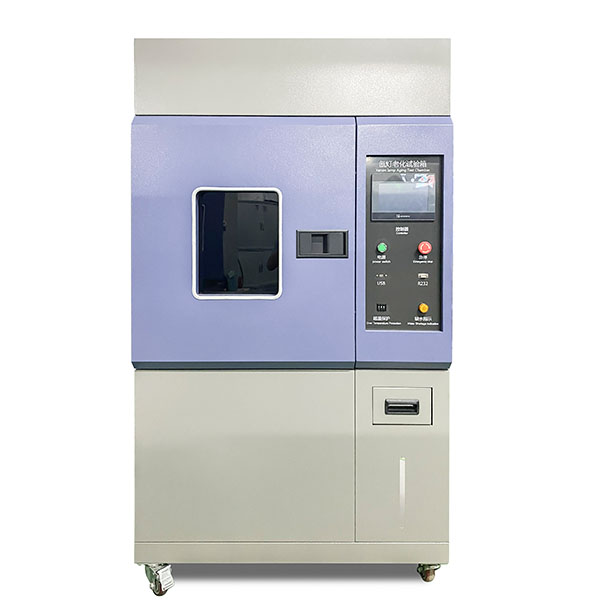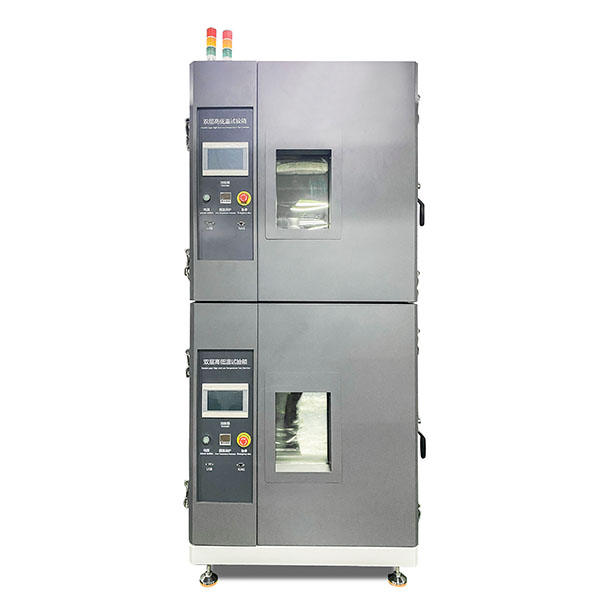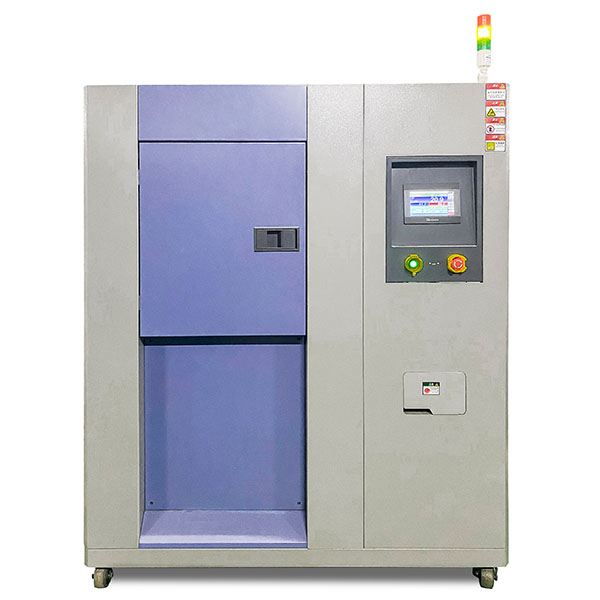With the continuous development of new energy vehicles, power batteries are also receiving more and more attention. Battery, motor and electric control system are the three key components of new energy vehicles, of which the power battery is the most critical part, can be said to be the “heart” of new energy vehicles, then the power battery of new energy vehicles is divided into what categories?
1, lead-acid battery
A lead-acid battery (VRLA) is a battery whose electrodes are mainly made of lead and its oxides, and whose electrolyte is a sulfuric acid solution. The main component of the positive electrode is lead dioxide, and the main component of the negative electrode is lead. In the discharge state, the main component of both positive and negative electrodes is lead sulfate. The nominal voltage of a single cell lead-acid battery is 2.0V, can discharge to 1.5V, can charge to 2.4V; In applications, 6 single-cell lead-acid batteries are often connected in series to form a nominal lead-acid battery of 12V, as well as 24V, 36V, 48V, and so on.
Nickel-cadmium battery (often abbreviated NiCd, pronounced “nye-cad”) is a popular type of storage battery. The battery uses nickel hydroxide (NiOH) and cadmium metal (Cd) as chemicals to generate electricity. Although the performance is better than lead-acid batteries, they contain heavy metals and pollute the environment after being abandoned.
Nickel-cadmium battery can be repeated more than 500 times of charge and discharge, economic and durable. Its internal resistance is small, not only the internal resistance is small, can be quickly charged, but also can provide a large current for the load, and the voltage change is very small when discharging, is a very ideal DC power supply battery. Compared with other types of batteries, nickel-cadmium batteries can withstand overcharge or overdischarge.
Nickel-metal hydride batteries are composed of hydrogen ions and metal nickel, the power reserve is 30% more than nickel-cadmium batteries, lighter than nickel-cadmium batteries, longer service life, and no pollution to the environment, but the price is much more expensive than nickel-cadmium batteries.
Lithium battery is a class of lithium metal or lithium alloy as a negative electrode material, the use of non-aqueous electrolyte solution of the battery. Lithium batteries can be broadly divided into two categories: lithium metal batteries and lithium ion batteries. Lithium-ion batteries do not contain lithium in the metallic state and are rechargeable.
Lithium metal batteries are generally batteries that use manganese dioxide as a positive electrode material, lithium metal or its alloy metal as a negative electrode material, and use non-aqueous electrolyte solutions. The material composition of lithium battery is mainly: positive electrode material, negative electrode material, diaphragm, electrolyte.
Among the cathode materials, the most commonly used materials are lithium cobaltate, lithium manganate, lithium iron phosphate and ternary materials (nickel-cobalt-manganese polymers). The positive electrode material occupies a large proportion (the mass ratio of positive and negative electrode materials is 3:1 ~ 4:1), because the performance of the positive electrode material directly affects the performance of the lithium-ion battery, and its cost directly determines the cost of the battery.
Among the negative electrode materials, the current negative electrode materials are mainly natural graphite and artificial graphite. The anode materials being explored are nitrides, PAS, tin-based oxides, tin alloys, nano-anode materials, and some other intermetallic compounds. As one of the four major components of lithium batteries, negative electrode materials play an important role in improving battery capacity and cycle performance, and are at the core of the middle reaches of the lithium battery industry.
A Fuel Cell is a non-combustion process electrochemical energy conversion device. The chemical energy of hydrogen (other fuels) and oxygen is continuously converted into electricity. The working principle is that H2 is oxidized into H+ and e- under the action of the anode catalyst, H+ reaches the positive electrode through the proton exchange membrane, reacts with O2 to form water at the cathode, and e- reaches the cathode through the external circuit, and the continuous reaction generates a current. Although the fuel cell has the word “battery”, it is not an energy storage device in the traditional sense, but a power generation device, which is the biggest difference between fuel cells and traditional batteries.
Thermal shock test chamber: This chamber simulates rapid temperature changes that batteries may experience during operation. By exposing the batteries to extreme temperature variations, such as quickly transitioning from high to low temperatures, we can evaluate their performance and reliability under temperature fluctuations.

Xenon lamp aging test chamber: This equipment replicates sunlight conditions by exposing the batteries to intense light radiation from xenon lamps. This simulation helps assess the battery’s performance degradation and durability when exposed to prolonged light exposure.

UV aging test chamber: This chamber mimics ultraviolet radiation environments. By subjecting the batteries to UV light exposure, we can simulate their performance and durability under prolonged UV exposure conditions.
Using a combination of these testing equipment allows for comprehensive fatigue and lifespan testing of batteries. It’s important to note that before conducting these tests, it is crucial to comply with relevant safety guidelines and strictly follow the operating instructions of the testing equipment to ensure accurate and safe testing procedures.
Post time: Sep-12-2023














